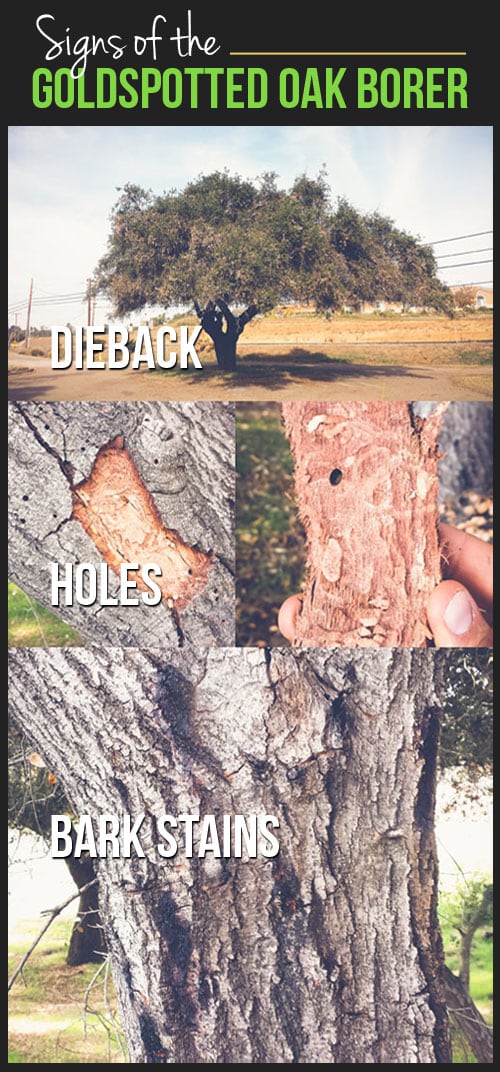Recognizing The Ecological Repercussions Of Tree Removal: Necessary Info For You
Recognizing The Ecological Repercussions Of Tree Removal: Necessary Info For You
Blog Article
Team Author-Franck Hull
When it involves the ecological effect of tree removal, there are essential facets that require your focus. From the detailed web of relationships within ecological communities to the succeeding effects on environment patterns, the repercussions are extensive. You could be shocked to discover the intricate ways in which the elimination of trees can reverberate throughout the atmosphere. Stay tuned to untangle the intricate connections and implications of this relatively straightforward act.
Logging and Environment Loss
Deforestation and habitat loss are vital concerns originating from tree elimination. When trees are cut down, it interrupts entire communities. Not only are the trees themselves shed, yet the homes and food sources of numerous plant and animal species are destroyed as well. Birds lose their nesting sites, mammals shed their shelter, and pests lose their habitats. The impacts surge via the food chain, influencing predators and prey alike.
Furthermore, logging contributes to climate adjustment. Trees play a vital duty in soaking up co2, a greenhouse gas that catches heat in the ambience. With fewer trees, there's much less co2 absorption, causing boosted levels of this gas in the environment and worsening global warming.
Environment loss is a direct result of logging, as the destruction of woodlands suggests the loss of distinct and varied ecological communities. Many species are incapable to adapt to fast changes in their environment, leading to population decreases and, in many cases, termination.
Protecting forests is essential to keeping the fragile balance of nature and guaranteeing the survival of countless plant and animal types.
Effect on Biodiversity
The elimination of trees has a significant impact on biodiversity, impacting the range and wealth of plant and animal species in an area. https://www.realsimple.com/home-organizing/decorating/outdoor-living/backyard-design-services offer habitat and food sources for countless organisms, from pests to birds to creatures. When trees are removed, these species shed their homes and resources of nutrition, resulting in a decline in their populaces. This interruption can have cascading impacts on the whole ecological community.
In addition, trees play a critical function in keeping biodiversity by producing microhabitats within their canopies, trunks, and origins that support a vast array of types. When trees are lowered, these specialized atmospheres are damaged, reducing the overall variety of the location.
Furthermore, the removal of trees can cause a decline in hereditary diversity within plant populaces, as particular tree types might no more be able to duplicate or distribute efficiently. Safeguarding trees and forests is essential for protecting biodiversity and making certain the wellness of ecological communities for future generations.
Dirt Disintegration and Environment Modification
With trees being eliminated from an area, the disturbance of dirt structure and stability occurs, causing increased soil erosion. Trees play a critical duty in stopping disintegration by holding dirt in place with their origin systems. When trees are eliminated, particularly in great deals, the dirt becomes a lot more susceptible to erosion from wind and water. This erosion not only influences the instant surroundings however can additionally result in sedimentation in neighboring water bodies, influencing water top quality and aquatic ecological communities.
Furthermore, trees help manage the environment by absorbing co2 throughout photosynthesis. When trees are lowered, this all-natural carbon sink is decreased, contributing to enhanced levels of greenhouse gases in the ambience. This can intensify environment modification, resulting in even more extreme weather occasions and disruptions in communities worldwide.
For that reason, the elimination of trees not just speeds up dirt disintegration however also plays a role in the larger environmental concern of environment modification. It's vital to consider these factors when analyzing the effects of tree removal on the atmosphere.
Final thought
Now that you understand the environmental impact of tree elimination, think about the consequences before reducing trees. Logging disrupts ecological communities, reduces biodiversity, and adds to soil erosion and environment adjustment. By bearing in mind the impact of tree elimination, you can help protect our environment and maintain the fragile balance of nature. Make informed choices and take into consideration alternate solutions to minimize the negative impacts on our earth.
